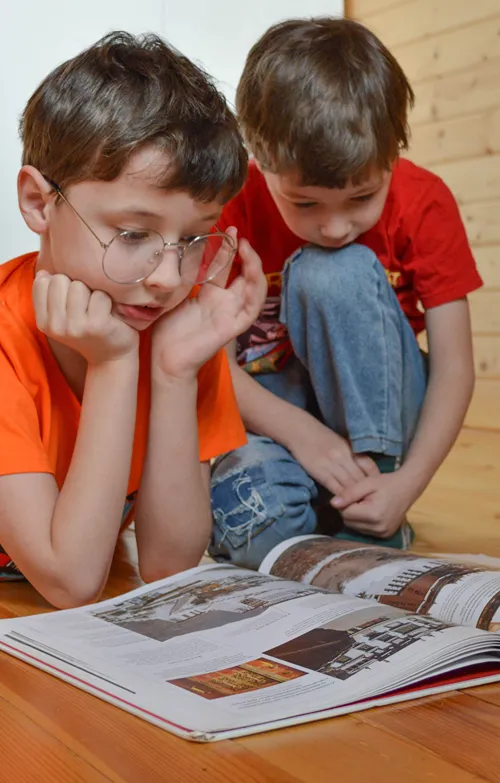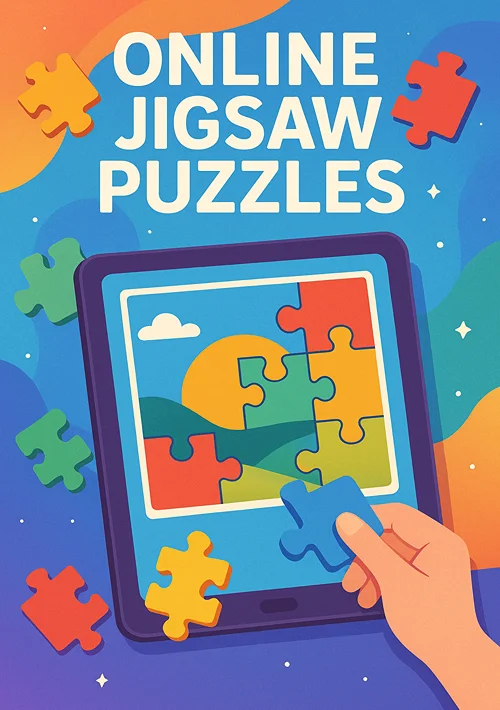GPS, App & Device Reviews for Parents Seeking Peace of Mind
In our interconnected world, the desire to protect our children is stronger than ever. From playdates at the park to walks to school and after-school activities, parents face the challenge of ensuring their children’s safety and well-being, even when they can’t be physically present.
This is where kids trackers come in – technology designed to provide parents with a sense of security and peace of mind by allowing them to monitor their children’s whereabouts and activities.
This comprehensive guide explores the world of kids trackers, covering various types, features, and considerations for choosing the right device or app for your family. We’ll delve into the benefits, potential drawbacks, and ethical considerations of using kids trackers, providing you with the information you need to make an informed decision. We’ll also review popular GPS trackers, apps, and devices, highlighting their strengths and weaknesses.
Why Consider a Kids Tracker? The Benefits Unveiled
The primary benefit of a kids tracker is, undoubtedly, enhanced safety. Knowing your child’s location at any given moment can be incredibly reassuring, especially in situations where they are unsupervised or traveling alone. This is particularly valuable for:
- Younger Children: Knowing where your kindergartener is during playtime at the park or ensuring they arrived safely at a friend’s house provides invaluable peace of mind.
- Older Children: As children gain independence, they may travel further distances, making it harder to keep track of their whereabouts. A tracker can help ensure they’re staying within designated areas and arriving at their destinations as expected.
- Children with Special Needs: For children with conditions like autism or ADHD, who may be prone to wandering, a tracker can be a crucial safety tool.
- Emergency Situations: In the event of an emergency, knowing your child’s location allows you to quickly respond and provide assistance.
- Lost Items: Many trackers, particularly those attached to belongings, can help you locate lost backpacks, bikes, or other valuables.
Beyond safety, kids trackers offer several other benefits:
- Increased Communication: Some trackers offer two-way communication features, allowing you to easily contact your child and vice versa. This can be particularly helpful for children who don’t yet have a smartphone.
- Boundary Setting: Geofencing capabilities allow you to set virtual boundaries and receive alerts when your child enters or leaves designated areas, such as school, home, or a friend’s house.
- Activity Monitoring: Some trackers monitor activity levels, providing insights into your child’s daily movement and exercise habits.
- Reduced Anxiety: For both parents and children, the reassurance of knowing each other’s location can significantly reduce anxiety and promote a sense of security.
Types of Kids Trackers: Finding the Right Fit for Your Family
The market offers a diverse range of kids trackers, each with its own set of features and capabilities. Understanding the different types is crucial for choosing the right one for your family’s needs.
- GPS Trackers: These devices use satellite technology to pinpoint your child’s location accurately. They are often designed as wearable devices, such as watches or pendants, or as small, discreet trackers that can be attached to clothing or backpacks.
-
- Pros: High accuracy, real-time tracking, geofencing capabilities, SOS button for emergencies.
-
- Cons: Can be more expensive than app-based solutions, require a data plan, battery life can vary.
- Smartwatches with GPS: These watches offer a combination of GPS tracking, communication features (calling, messaging), and activity monitoring. They are often designed with child-friendly interfaces and parental controls.
-
- Pros: Combines tracking with communication, activity monitoring, and entertainment features, durable and water-resistant designs.
-
- Cons: Can be more expensive than dedicated GPS trackers, require a data plan, potential for distraction with non-essential features.
- Mobile Apps with Location Sharing: These apps allow family members to share their location with each other. They typically offer features like real-time tracking, geofencing, and check-in options.
-
- Pros: Cost-effective (often free or low-cost), easy to use, readily available on smartphones, can be used by the whole family.
-
- Cons: Requires each family member to have a smartphone and agree to share their location, accuracy can be affected by GPS signal strength, battery drain on smartphones.
- Bluetooth Trackers: These small, lightweight devices use Bluetooth technology to track belongings within a limited range. They are ideal for finding lost keys, wallets, or backpacks.
-
- Pros: Affordable, easy to attach to belongings, long battery life.
-
- Cons: Limited range (typically within a few hundred feet), requires proximity to the tracked item, relies on a network of users to locate items outside of Bluetooth range.
Key Features to Consider When Choosing a Kids Tracker
Once you’ve decided on the type of tracker that best suits your needs, consider the following features:
- Accuracy: Accuracy is paramount. Look for trackers that offer precise location information and reliable tracking.
- Battery Life: Consider the battery life of the tracker and choose one that meets your needs. A longer battery life means less frequent charging.
- Geofencing: This feature allows you to set virtual boundaries and receive alerts when your child enters or leaves designated areas.
- Communication Features: Does the tracker offer two-way communication, SOS alerts, or check-in options?
- Durability: Choose a tracker that is durable and can withstand the wear and tear of daily use. Look for water-resistant or waterproof options.
- Ease of Use: The tracker should be easy for both you and your child to use. Consider the interface and functionality of the app or device.
- Subscription Costs: Many trackers require a subscription plan for data usage and access to certain features. Compare the costs of different plans before making a decision.
- Privacy and Security: Ensure the tracker has robust security measures in place to protect your child’s privacy and location data. Research the company’s privacy policy and data encryption practices.
- Alerts and Notifications: Customize the alerts and notifications to receive the information that’s most important to you.
Popular Kids Trackers: A Comparative Overview
Here’s a brief overview of some popular kids trackers, highlighting their key features and potential drawbacks:
- Gabb Watch 3: A smartwatch designed specifically for kids, offering GPS tracking, calling, safe contact list, and no social media or internet access. Focuses on communication and safety without distractions.
-
- Pros: Safe and secure, promotes communication, durable design.
-
- Cons: Limited features beyond communication and tracking, subscription required.
- AngelSense GPS Tracker: A specialized tracker designed for children with autism and special needs. Offers detailed location monitoring, safe ride monitoring, and customizable alerts.
-
- Pros: Comprehensive tracking features, designed for children with special needs, SOS button with two-way communication.
-
- Cons: Higher cost, subscription required.
- Apple AirTag (with caveats): While not specifically designed for kids, AirTags can be attached to belongings like backpacks. They leverage Apple’s “Find My” network to provide location updates.
-
- Pros: Affordable, leverages a vast network for finding lost items, long battery life.
-
- Cons: Not designed for tracking children directly, relies on nearby Apple devices for location updates, potential for misuse, doesn’t offer real-time tracking or geofencing, requires an iPhone. AirTags should only be used for tracking belongings, not children without their knowledge or consent.
- Life360: A popular family safety app that offers location sharing, geofencing, crash detection, and emergency assistance features.
-
- Pros: Comprehensive features, family-friendly, free version available with basic features.
-
- Cons: Requires all family members to have a smartphone and agree to share their location, battery drain on smartphones, privacy concerns regarding data collection.
The Ethical Considerations of Using Kids Trackers
While kids trackers offer numerous benefits, it’s essential to consider the ethical implications of using them.
- Privacy: Children have a right to privacy, and it’s important to respect their boundaries. Discuss the use of a tracker with your child and explain why you believe it’s necessary.
- Trust: Over-reliance on a tracker can erode trust between parents and children. Use it as a tool to enhance safety, not to micromanage their lives.
- Independence: Allow children to develop independence and learn to navigate their surroundings without constant monitoring.
- Transparency: Be open and honest with your child about how the tracker works and what information you are collecting.
- Age Appropriateness: The appropriate age to start using a tracker will vary depending on the child’s maturity level and independence.
Best Practices for Using Kids Trackers Responsibly
- Have a conversation with your child: Explain why you want to use a tracker and how it will work. Address any concerns they may have.
- Set clear boundaries: Define the areas where you will be tracking them and the reasons for doing so.
- Respect their privacy: Avoid using the tracker to snoop on their conversations or monitor their activities unnecessarily.
- Use the tracker as a tool, not a crutch: Encourage your child to develop independence and learn to navigate their surroundings safely.
- Review your approach regularly: As your child grows and matures, re-evaluate the need for a tracker and adjust your approach accordingly.
Kids trackers can be valuable tools for enhancing children’s safety and providing parents with peace of mind. By understanding the different types of trackers available, considering the key features, and addressing the ethical considerations, you can choose a device or app that meets your family’s needs and promotes a healthy balance between safety and independence.
Remember to have open communication with your child, respect their privacy, and use the tracker responsibly. Ultimately, the goal is to empower you as a parent to make informed decisions and create a safer environment for your children to explore and grow. This technology, when used thoughtfully, can be a powerful asset in the journey of parenthood.








